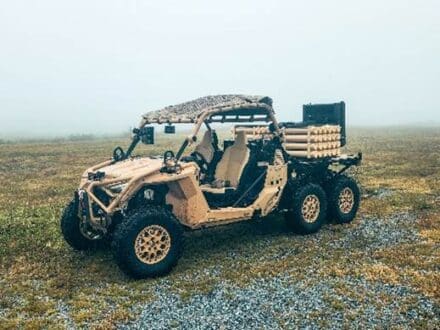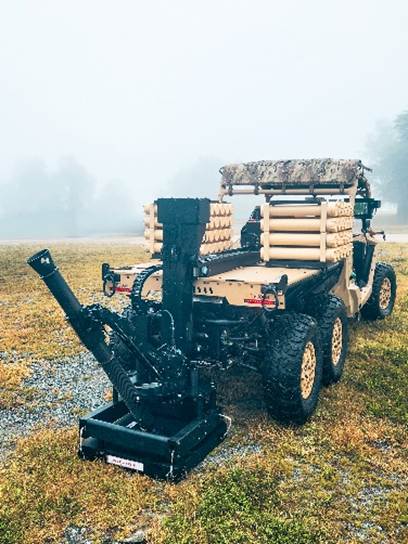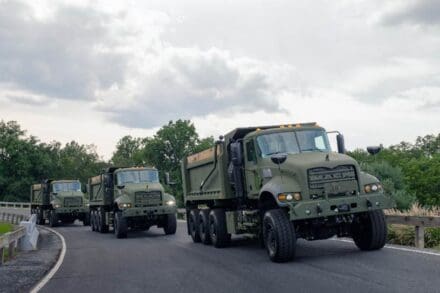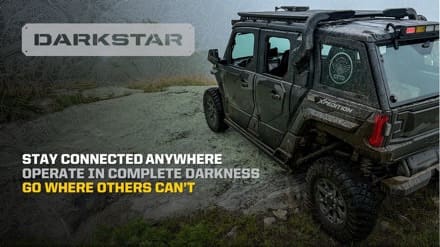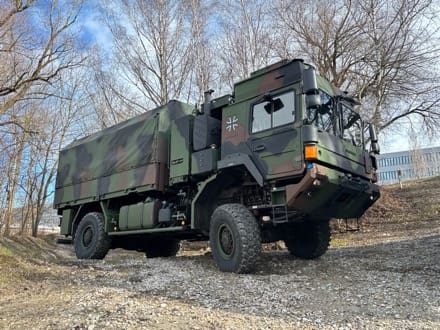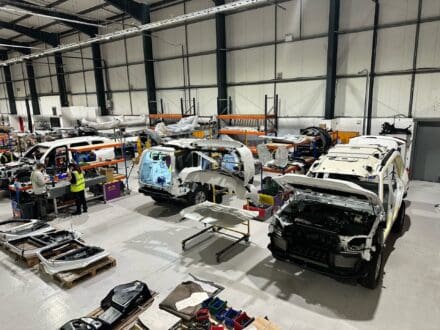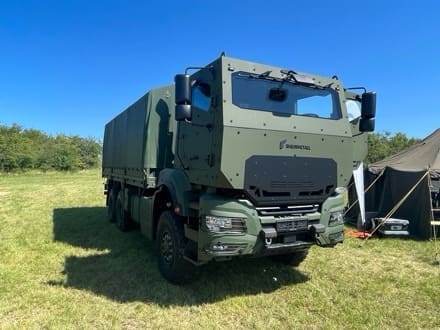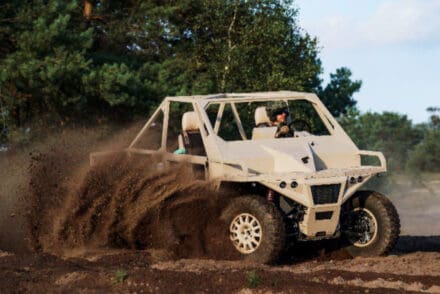WASHINGTON, D.C. — As the U.S. Army celebrated its 250th anniversary June 14 with a birthday festival and parade in the nation’s capital, the U.S. Army Corps of Engineers was hard at work behind the scenes and on the logistical front lines. In a powerful intersection of history and engineering excellence, USACE’s contributions helped ensure parade success while also symbolizing its own 250th anniversary of building and defending the nation.

Just two days later, June 16, USACE marked its own 250th anniversary, dual milestones that illustrate the organization’s longstanding role in supporting the nation and the warfighter.
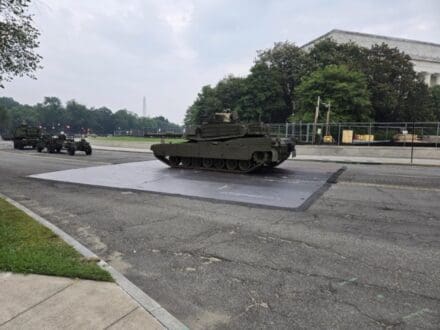
“Army engineers have served and strengthened America since 1775,” said Lt. Gen. William “Butch” Graham Jr., USACE commanding general and 56th Chief of Engineers. “We are proud to carry on that legacy as we continue engineering solutions to the nation’s toughest challenges.”

Protecting the Parade Route: USACE Baltimore District installs protective plating
One of the parade’s logistical challenges was how to safely operate heavy tracked vehicles like the M1 Abrams main battle tanks, M2 Bradley Fighting Vehicles, M109 Paladins and M88 Hercules recovery vehicles through the heart of Washington, D.C. In particular, the Abrams, weighing more than 140,000 pounds and nearly 30 times the weight of a standard SUV, could have posed a risk to city streets, especially at any turning points where tracked vehicles must pivot, creating added stress and friction on asphalt.
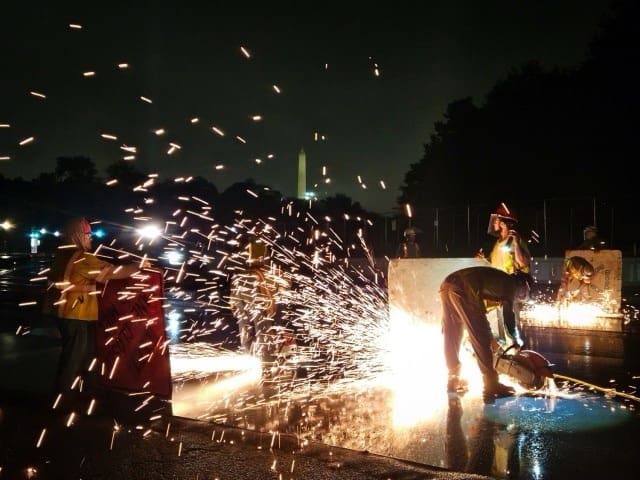
To help protect the parade route, USACE Baltimore District spearheaded the installation of metal plating at critical 13 pivot points along the route. These protective measures ensured that turns and idling points where tracked vehicles exert the most pressure would not result in damage to the roads.
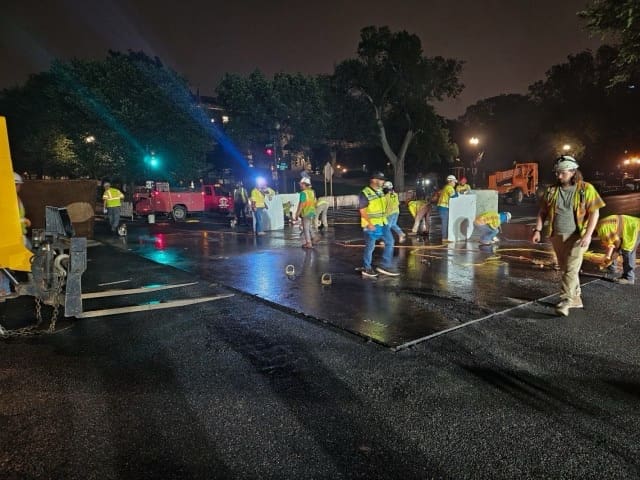
“The infrastructure protection plan was a success,” said Baltimore District Commander Col. Francis Pera. “Close coordination with partner agencies allowed us to honor our rich history while preserving the structural integrity of D.C.’s roadways.”
Plate removal was complete by June 17 and officials determined the protective plates performed as intended. Subsurface inspections will also be completed in the coming weeks in conjunction with the NPS.
Beyond the protective plating, other key precautions included installation of new rubber track pads on all tracked vehicles to avoid the stresses of direct metal-on-pavement contact, and slow driving speeds that allowed vehicle crews to exercise maximum caution as they moved along the route.
Geospatial Precision: AGC mapping supports parade safety and planning

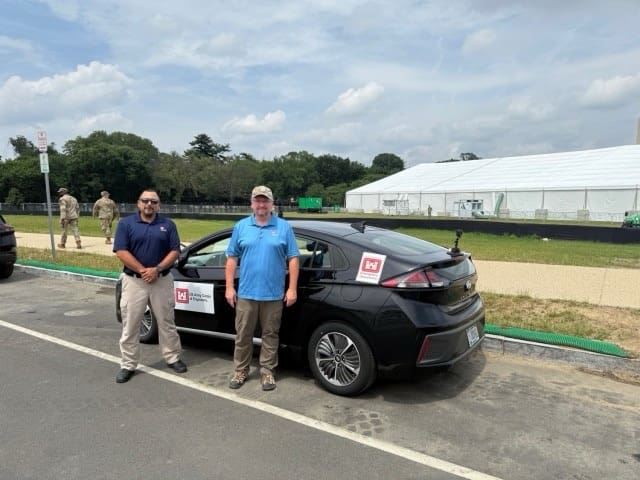
Beyond road protection, the Army Geospatial Center (AGC) played a crucial role in assessing the parade route through geospatial analysis. The Geospatial Visualization Team (GVT) from the Warfighter Support Directorate’s Engagements Branch conducted ground-based video reconnaissance both before and after the Army’s 250th Birthday parade to support damage assessments and potential repair planning.
Using vehicle-mounted cameras, the team captured more than 155 gigabytes of high-resolution 4K video from both the front and rear perspectives of the route. Engineers then reviewed and analyzed the footage to identify any signs of road damage directly linked to the movement of tracked and heavy wheeled Army vehicles.
Keeping the Mission on Track: ERDC optimizes vehicle transport
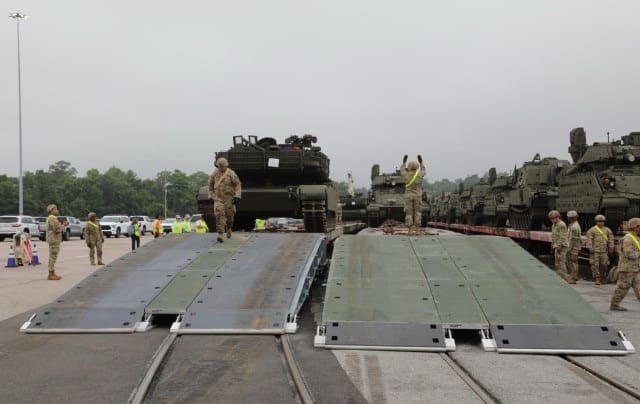
Further north in Jessup, Maryland, the U.S. Army Engineer Research and Development Center (ERDC) played a pivotal role in the logistical success of the parade. With just hours to offload more than 60 heavy combat vehicles, engineers turned to ERDC’s Rapidly Available Interface for trans-Loading (RAIL) system, a mobile solution built to speed up rail operations while reducing manpower and safety risks.
“The RAIL system for rail ops proved 100% critical for timely operations,” said Col. Brandon Perdue, NORTHCOM Plans Team chief. “This system reduced download and upload times from about 2.5 days on both ends to just a few hours. Without this system, the only option for tracked vehicle download was a single crane.”
The modular RAIL system was designed to offload military vehicles at any point along a rail line, providing greater operational flexibility to quickly move combat power where and when it’s needed most. Two RAIL systems were used to simultaneously unload the various tracked and wheeled vehicles. Soldiers received onsite training from ERDC experts, proving how the organization’s innovation directly supports mission readiness and modern solutions.
Building the Nation, Supporting the Army
As the U.S. Army Corps of Engineers continues celebrating 250 years of service to the nation, the role of Army Engineers remains vital. From battlefield engineering in the Revolutionary War to modern-day infrastructure, mapping and mobility solutions, Army Engineers continue to deliver solutions to the nation’s toughest challenges.
By MAJ Spencer Garrison and Kathryne Gest
